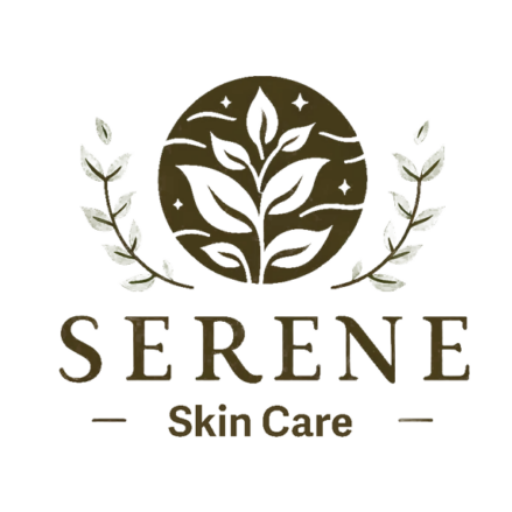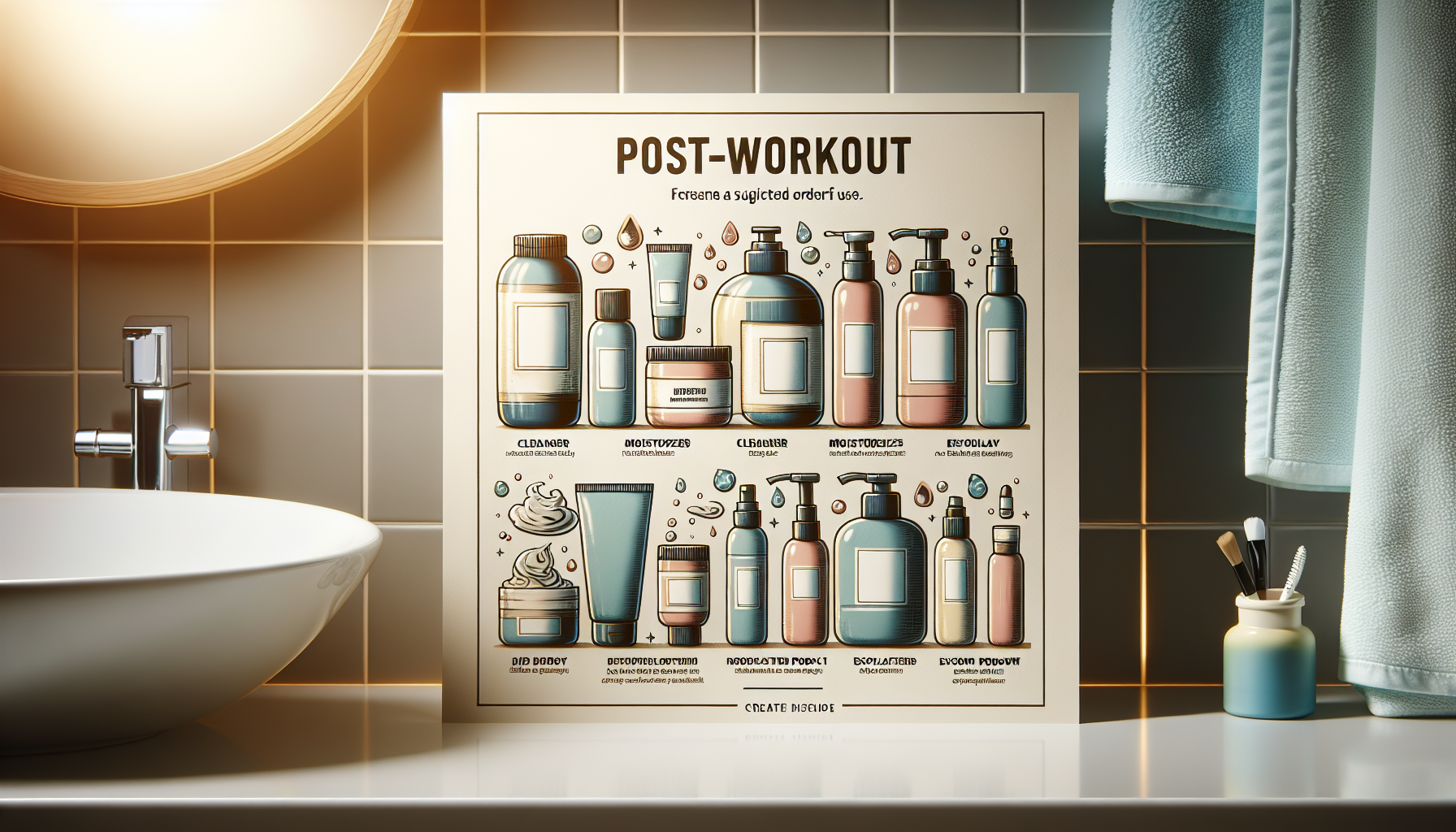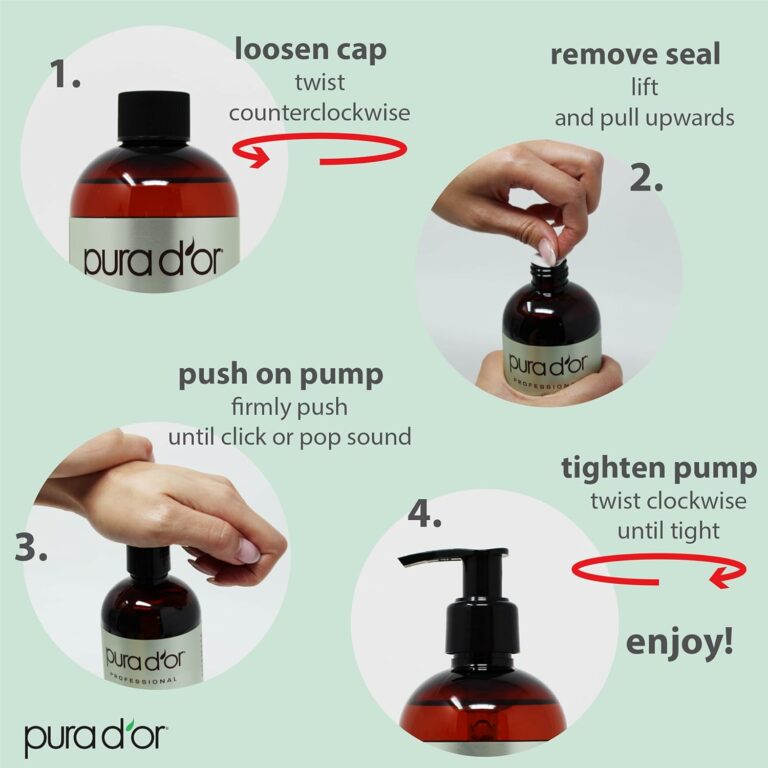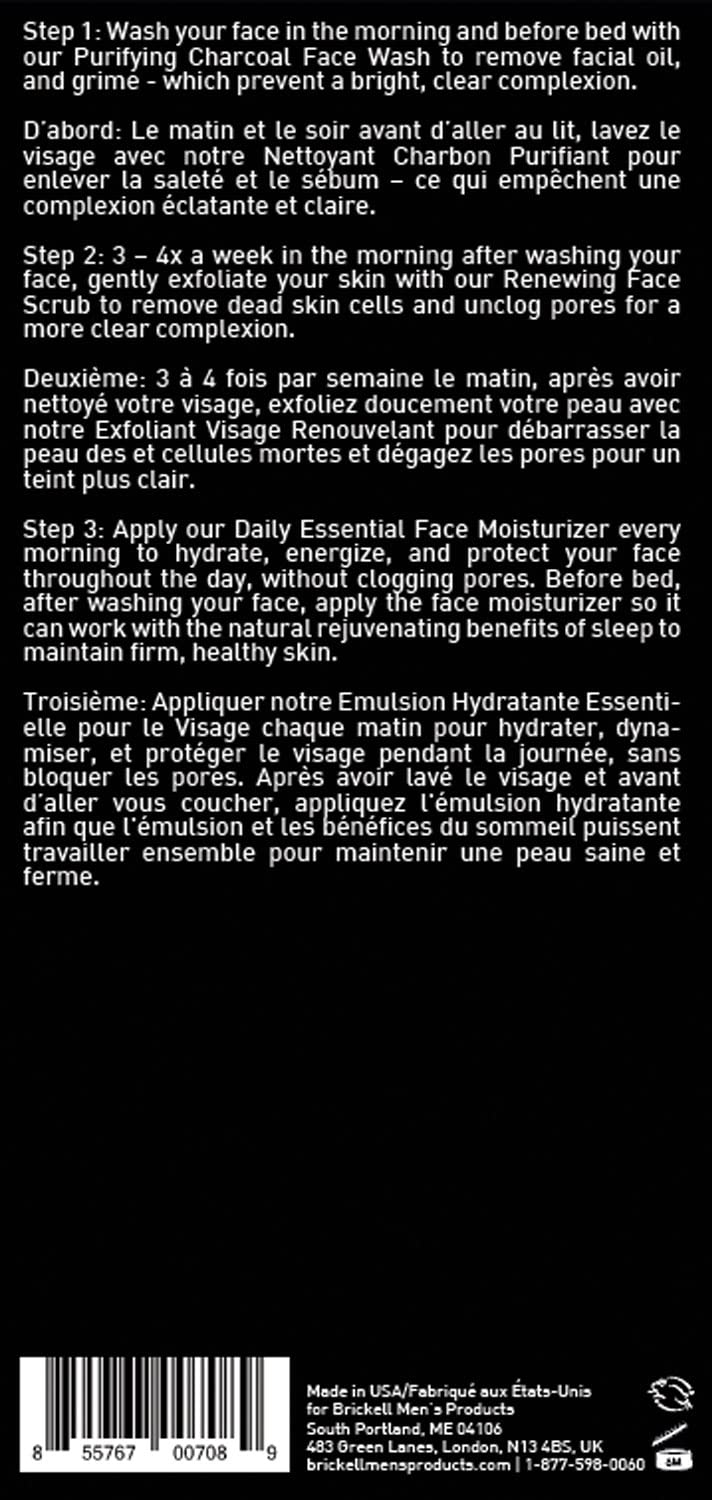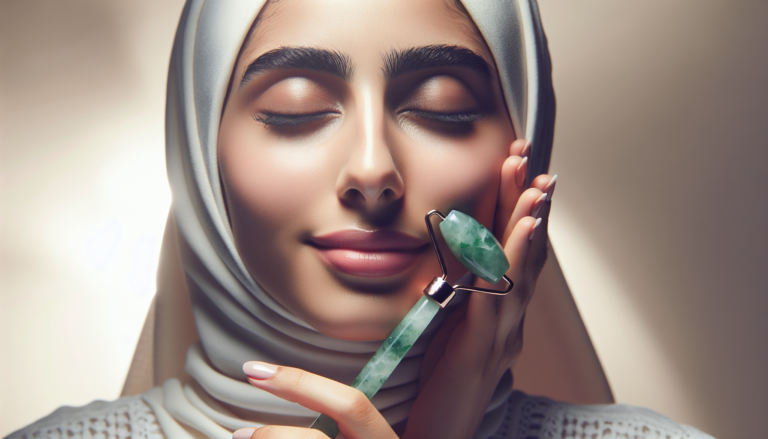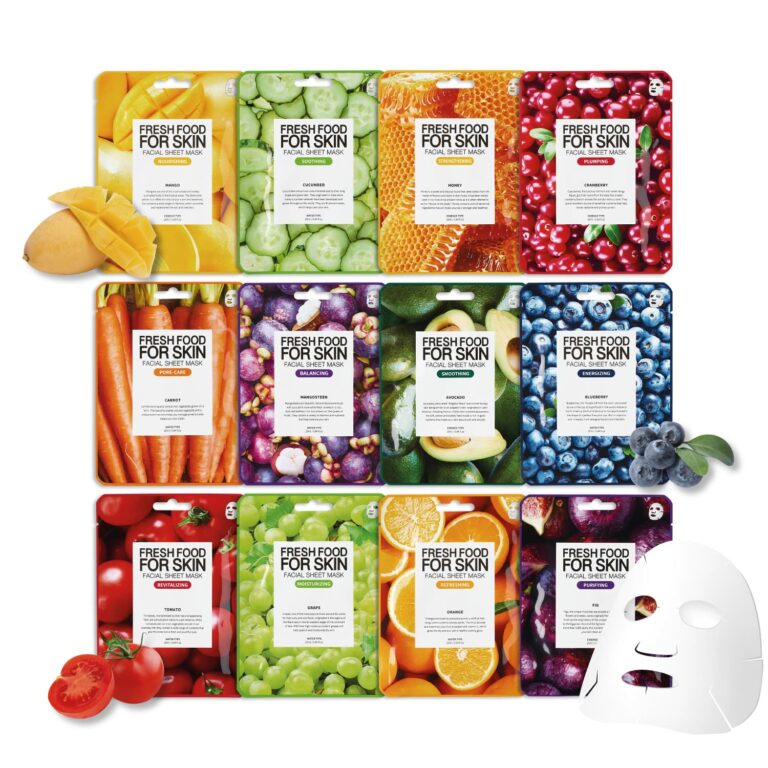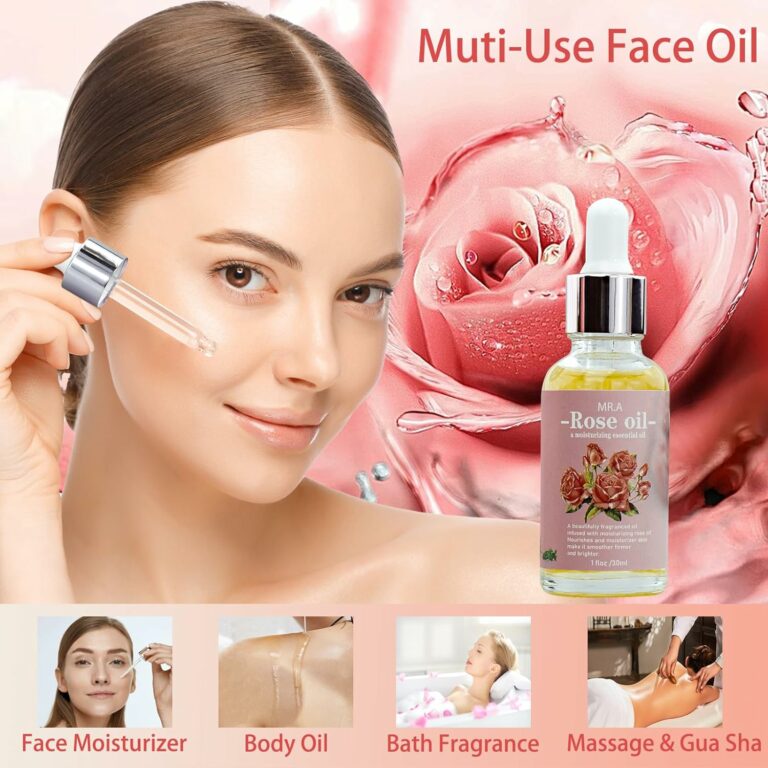Whether you’re a fitness enthusiast or just trying to stay active, taking care of your skin after a tough workout is essential. In “The Ultimate Guide to Post-Workout Skin Care,” we’ll explore the best practices and expert tips to help you achieve a healthy and glowing complexion after hitting the gym. From cleansing techniques to skincare products, this guide will provide you with everything you need to know to keep your skin looking its best after those sweat sessions. Say goodbye to post-workout breakouts and hello to radiant skin!
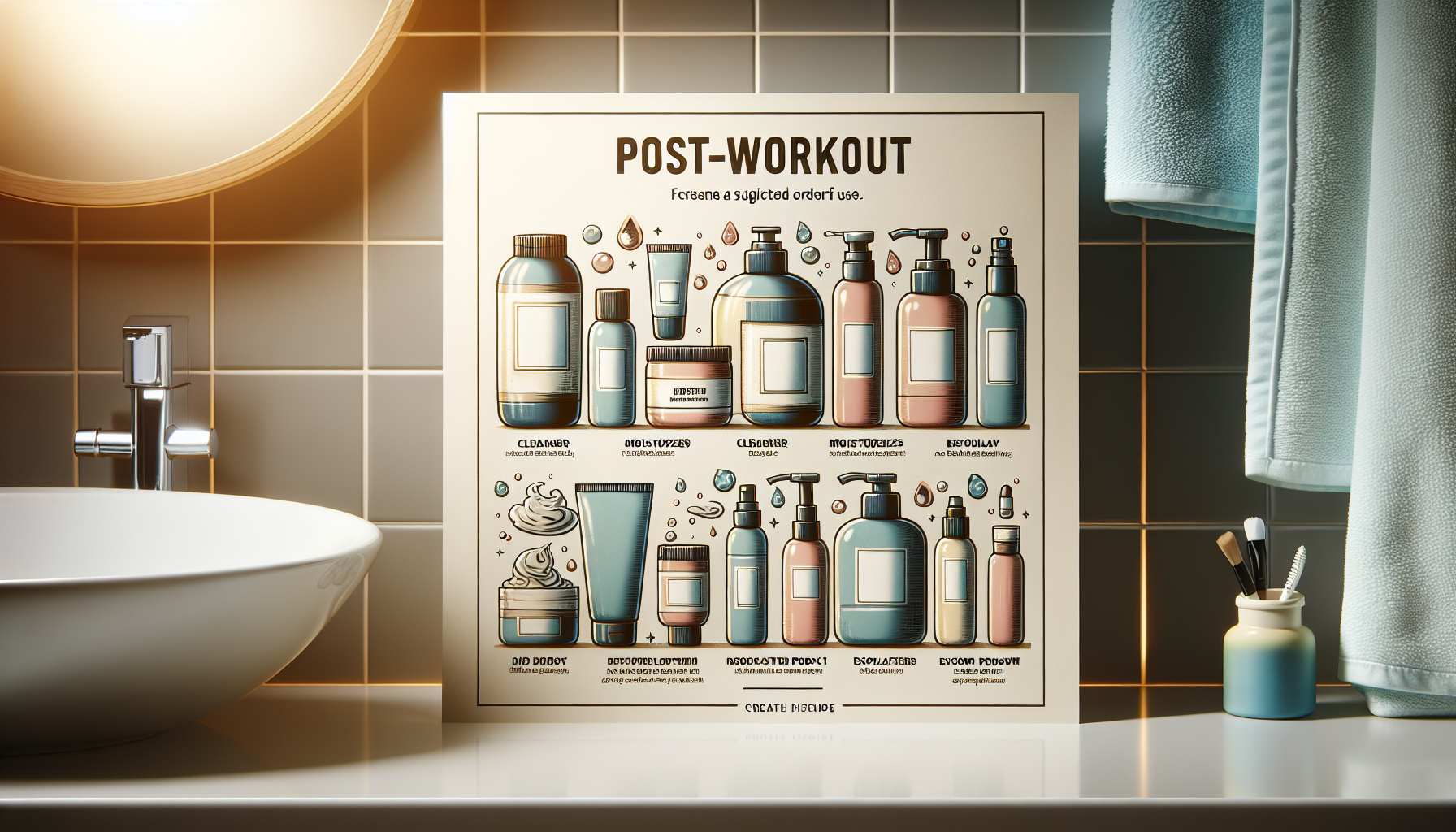
The Ultimate Guide to Post-Workout Skin Care
Taking care of your skin after a workout is essential for maintaining a healthy complexion and preventing potential skin issues. In this ultimate guide to post-workout skin care, you will learn why it is important to prioritize your skin’s health, understand the effects of exercise on the skin, prepare for post-workout skin care, follow a step-by-step routine, choose the right cleanser for your skin type, exfoliate effectively, nourish and hydrate your skin, protect it from sun damage, address common post-workout skin issues, and maintain healthy skin in the long run.
Why Post-Workout Skin Care is Important
Sweat and Toxins Buildup
When you work out, your body temperature rises, leading to an increase in sweat production. Sweat not only helps regulate your body’s temperature but also acts as a vehicle for toxins. If left on the skin, sweat can mix with dead skin cells, bacteria, and environmental pollutants, creating a build-up that can clog pores and contribute to breakouts.
Inflammation and Redness
Exercise increases blood circulation, which can cause temporary skin redness and inflammation. While this is a natural response that helps deliver oxygen and nutrients to the skin, prolonged inflammation can lead to skin sensitivity and irritation.
Dryness and Dehydration
Intense workouts can cause dehydration, both internally and externally. When you sweat excessively, your skin loses moisture, leaving it feeling dry and tight. Failing to replenish this lost hydration can result in dull, lackluster skin.
Acne and Breakouts
Sweat, bacteria, and dead skin cells can accumulate on the skin’s surface, leading to clogged pores and breakouts. The friction caused by tight-fitting workout clothes can exacerbate this issue, especially in areas such as the back and chest.
Premature Aging
Regular exercise is fantastic for overall health, including the health of your skin. However, if proper post-workout skin care is neglected, oxidative stress caused by free radicals can accelerate the aging process, leading to the appearance of fine lines, wrinkles, and sagging skin.
Skin Barrier Damage
The skin’s barrier is responsible for maintaining moisture balance and protecting against environmental aggressors. Intense workouts, harsh cleansers, and frequent showers can disrupt the skin barrier, compromising its function and leaving it more susceptible to irritation, sensitivity, and moisture loss.
Uneven Skin Tone
Prolonged exposure to the sun without adequate protection can lead to pigmentation issues and an uneven skin tone. If you exercise outdoors or in well-lit spaces, it is crucial to shield your skin from harmful UV rays to maintain a bright and even complexion.
Understanding the Effects of Exercise on the Skin
Increased Blood Circulation
During exercise, blood flow increases to deliver oxygen and nutrients to the skin, giving you that healthy post-workout glow. Improved circulation also helps in the removal of waste products, promoting a clear and radiant complexion.
Sweating and Toxin Release
Sweating is the body’s natural cooling mechanism and plays a vital role in eliminating toxins and impurities through the skin. This helps detoxify your skin, leaving it cleaner and more refreshed.
Skin Temperature Changes
As you exercise, your skin temperature rises, promoting vasodilation. This process involves the widening of blood vessels, allowing more blood to flow to the skin’s surface. The heat generated during a workout can enhance the absorption of skincare products and improve their efficacy.
Impact of Exercise on Hormones
Exercise releases endorphins, which are known as the “feel-good” hormones. These hormones can contribute to a healthier complexion by reducing stress levels and promoting a more balanced hormonal state. However, hormonal fluctuations during intense workouts can also trigger breakouts or exacerbate existing acne.
Stress and Skin Health
Regular physical activity can reduce stress levels, better coping mechanisms for stress, reducing the likelihood of stress-related skin issues. Stress can affect the skin negatively, leading to breakouts, inflammation, and an imbalanced skin barrier.
Collagen Production
Exercise stimulates collagen production, which improves skin elasticity and firmness. As collagen levels decline with age, maintaining an active lifestyle can help slow down the visible signs of aging.
Skin Barrier Function
Exercise can strengthen the skin’s barrier by promoting a healthy pH balance and increased moisture levels. A strong skin barrier functions as a protective shield, preventing environmental toxins and irritants from causing damage and maintaining optimal hydration.
Preparing for Post-Workout Skin Care
To ensure your post-workout skin care routine is effective, it is crucial to prepare adequately. By following these steps, you can optimize the results of your routine and minimize potential skin issues.
Remove Makeup and Hair Products
Before engaging in any physical activity, remove all makeup and tie your hair away from your face. This allows your skin to breathe and reduces the risk of clogged pores and breakouts.
Avoid Heavy Skincare Products
Opt for lightweight, non-comedogenic skincare products before your workout session. Heavy creams or oils may mix with sweat and lead to pore blockage, causing breakouts.
Hydrate Before and During Workout
Ensure you are well-hydrated before starting your workout and drink plenty of water during your exercise session. Proper hydration is essential for maintaining skin health and preventing dehydration.
Keep Your Hair Away from Your Face
Tie your hair up in a ponytail or bun during your workout to keep it off your face. This helps prevent sweat and oils from transferring onto your skin, reducing the risk of breakouts.
Prepare a Clean Workspace
If you exercise at home, make sure your workout area is clean and free from dirt and dust. This minimizes the chances of impurities transferring onto your skin during your routine.
Have Clean Towels and Wipes Ready
Keep a stack of clean, soft towels nearby to gently pat your face dry after your workout. Additionally, have facial wipes or micellar water handy for quick cleansing if you are unable to wash your face immediately.
Don’t Forget Your SPF
Even if you exercise indoors, UV rays can still reach your skin. Applying sunscreen before your workout helps protect against photoaging and maintains even skin tone.
Step-by-Step Post-Workout Skin Care Routine
Following a consistent post-workout skin care routine is essential for maintaining healthy skin. This step-by-step guide will help you achieve glowing and clear skin after every workout session.
Cleanse Your Skin Thoroughly
After your workout, cleanse your skin with a gentle cleanser to remove sweat, dirt, and bacteria. Massage the cleanser onto wet skin and rinse thoroughly with lukewarm water.
Exfoliate to Remove Dead Skin Cells
Exfoliation is crucial for removing dead skin cells that can clog pores and contribute to breakouts. Use a gentle scrub or chemical exfoliant, such as AHAs or BHAs, to reveal smoother and more radiant skin.
Apply a Calming Toner
After exfoliation, apply a soothing toner to balance the pH of your skin and calm any redness or irritation caused by exercise. Look for toners with ingredients like rose water or chamomile extract.
Hydrate with a Moisturizer
After toning, apply a lightweight moisturizer to replenish moisture lost during your workout. Look for moisturizers with ingredients like hyaluronic acid or ceramides to help hydrate and nourish your skin.
Targeted Treatments for Specific Concerns
If you have specific skin concerns, such as acne or hyperpigmentation, incorporate targeted treatments after moisturizing. These treatments can help address those concerns effectively.
Protect Your Skin with Sunscreen
Finish your post-workout routine with a broad-spectrum sunscreen with at least SPF 30. Apply it evenly on your face and any other exposed areas to protect your skin from harmful UV rays.
Refresh Your Skin with a Facial Mist
Throughout the day, spritz a hydrating facial mist to refresh your skin and provide a boost of hydration. Look for mists containing soothing ingredients like aloe vera or cucumber extract.
Replenish with Nourishing Serums
Incorporate a nourishing serum into your routine. Look for serums containing antioxidants, vitamins, or peptides to provide an extra layer of hydration and nourishment.
Don’t Forget Your Eyes and Lips
Apply a hydrating eye cream to the delicate skin around your eyes to reduce puffiness and dark circles. Additionally, apply a lip balm or lip mask to keep your lips soft and moisturized.
Choosing the Right Cleanser for Your Skin Type
Finding the right cleanser for your skin type is crucial for maintaining a healthy complexion. Here are some tips to help you choose the perfect cleanser for your needs.
Understanding Your Skin Type
Identifying your skin type is essential in selecting the right cleanser. Common skin types include oily, dry, combination, and sensitive. Pay attention to how your skin feels and behaves throughout the day to determine your skin type accurately.
Gentle Cleansers for Sensitive Skin
If you have sensitive skin, opt for a gentle, fragrance-free cleanser that won’t strip your skin’s natural oils. Look for cleansers with soothing ingredients like aloe vera or chamomile to prevent irritation.
Foaming Cleansers for Oily Skin
For oily skin, look for foaming cleansers that can effectively remove excess sebum and impurities. Ingredients like salicylic acid or tea tree oil can help regulate oil production and prevent breakouts.
Cream Cleansers for Dry Skin
If you have dry skin, choose cream cleansers that provide additional hydration while cleansing. Look for moisturizing ingredients like hyaluronic acid, glycerin, or shea butter to nourish and soothe dry skin.
Oil Cleansers for Combination Skin
Combination skin requires a balanced approach. Oil cleansers can effectively remove excess sebum from the T-zone, while still keeping the rest of your skin hydrated. Look for lightweight options containing natural oils like jojoba or rosehip.
Choosing pH-Balanced Cleansers
pH-balanced cleansers help maintain the skin’s natural acidity, which is crucial for a healthy skin barrier. Look for cleansers with a pH level between 4.5 and 6.0 to avoid disrupting the skin’s natural balance.
Avoiding Harsh Ingredients
When selecting a cleanser, avoid harsh ingredients like sulfates, alcohol, or artificial fragrances, as these can strip the skin and cause irritation. Opt for gentle and nourishing ingredients that will cleanse effectively without compromising your skin’s health.
The Importance of Exfoliation
Regular exfoliation is a vital step in any post-workout skin care routine. It helps remove dead skin cells, unclog pores, and reveal a smoother and brighter complexion. Here are some key points to understand about exfoliation.
Benefits of Regular Exfoliation
Exfoliation offers several benefits for your skin. It promotes cell turnover, reduces the appearance of fine lines and wrinkles, improves skin texture and tone, and enhances the absorption of other skincare products.
Different Types of Exfoliants
There are two main types of exfoliants: physical and chemical. Physical exfoliants typically involve using scrubs or brushes to physically remove dead skin cells. Chemical exfoliants, on the other hand, use acids or enzymes to dissolve the bonds between dead skin cells and promote their removal.
Physical Exfoliation with Scrubs
Physical exfoliants usually contain granules or particles that help physically buff away dead skin cells. When using a scrub, gently massage it onto damp skin in circular motions. Be careful not to apply too much pressure, as this can cause irritation.
Chemical Exfoliation with AHAs and BHAs
Chemical exfoliants can be found in the form of alpha hydroxy acids (AHAs) or beta hydroxy acids (BHAs). AHAs, such as glycolic acid or lactic acid, are water-soluble and work on the surface of the skin, while BHAs, like salicylic acid, are oil-soluble and penetrate deeper into the pores. Choose an exfoliant that suits your skin type and follow the instructions carefully to prevent over-exfoliation.
Frequency of Exfoliation
The frequency of exfoliation depends on your skin type and the type of exfoliant you use. Generally, it is recommended to exfoliate 1-3 times per week. However, if you have sensitive skin, start with once a week and gradually increase the frequency if your skin tolerates it well.
Precautions and Tips for Exfoliation
To avoid over-exfoliation and potential skin damage, remember to use gentle circular motions, avoid exfoliating active breakouts or irritated skin, and follow up with moisturizer to replenish moisture. It is also crucial to wear sunscreen daily, as exfoliation can increase sun sensitivity.
Nourishing and Hydrating Your Skin
Proper nourishment and hydration are essential for maintaining healthy and radiant post-workout skin. Here are some tips to keep your skin well-hydrated and nourished.
Importance of Hydration for Skin
Hydration plays a crucial role in maintaining skin health. When properly hydrated, the skin appears plump, supple, and vibrant. Without adequate hydration, it can become dry, dull, and more prone to premature aging.
Choosing the Right Moisturizer
Selecting the right moisturizer for your skin type is essential for replenishing lost moisture and sealing it into the skin. Look for moisturizers that contain hydrating ingredients like hyaluronic acid, ceramides, or natural oils. Oily or acne-prone skin can benefit from lightweight, oil-free moisturizers, while drier skin types may require richer formulations.
Incorporating Hyaluronic Acid
Hyaluronic acid is a powerful hydrating ingredient that can hold up to 1000 times its weight in water, making it an excellent choice for post-workout hydration. Look for serums or moisturizers containing hyaluronic acid to boost moisture levels and plump the skin.
Using Face Oils for Added Nourishment
Face oils can provide an extra layer of nourishment, especially for dry or dehydrated skin. Opt for lightweight oils, such as jojoba, argan, or rosehip oil, which penetrate quickly and leave the skin feeling soft and supple.
Facial Masks for Intense Hydration
Incorporating a hydrating face mask into your post-workout routine once or twice a week can provide an intense boost of hydration. Look for masks containing ingredients like aloe vera, honey, or hyaluronic acid for maximum moisturizing benefits.
Drinking Water for Skin Health
Hydrating your skin from the outside is crucial, but it is equally important to hydrate from within. Drink an adequate amount of water throughout the day to ensure your body and skin stay properly hydrated. This can help improve skin radiance and overall health.
Protecting Your Skin from Sun Damage
Protecting your skin from the sun’s harmful UV rays is a non-negotiable step in any post-workout skin care routine. Here’s why sun protection is essential and how to choose the right sunscreen.
Sunscreen as a Non-Negotiable Step
Sunscreen is a vital step in daily skincare, even on cloudy or indoor days. UV rays can penetrate clouds, windows, and layers of clothing, causing long-term damage to the skin. Regular application of sunscreen can prevent premature aging, sunburn, and reduce the risk of skin cancer.
Understanding SPF and UVA/UVB
SPF, or sun protection factor, measures sunscreen’s ability to protect against UVB rays, which cause sunburn. It does not indicate the level of protection against UVA rays, which are responsible for premature aging and long-term skin damage. Look for broad-spectrum sunscreens that protect against both UVA and UVB rays.
Choosing the Right Sunscreen
Select sunscreens with an SPF of at least 30 and labeled broad-spectrum. Consider your skin type and personal preferences, such as physical or chemical sunscreen formulations. Physical sunscreens contain minerals like zinc oxide or titanium dioxide, while chemical sunscreens contain organic compounds that absorb UV rays.
Proper Application of Sunscreen
Apply sunscreen generously to all exposed areas of your body at least 15 minutes before sun exposure. Don’t forget commonly neglected areas like the hands, ears, and neck. Reapply every two hours, or more frequently if sweating or swimming.
Reapplying During Extended Outdoor Activities
If you engage in extended outdoor activities, it is crucial to reapply sunscreen every two hours or after excessive sweating or swimming. Consider using sun-protective clothing, hats, and sunglasses for additional protection.
Sun Protection for Active Individuals
If you are particularly active and sweat a lot during workouts or outdoor activities, consider using a water-resistant sunscreen to ensure it stays effective. These sunscreens are designed to provide protection even when exposed to water or sweat.
Targeted Treatments for Common Post-Workout Skin Issues
While exercise is fantastic for overall health, it can sometimes lead to specific skin issues. Here are some targeted treatments for common post-workout skin concerns:
Acne and Breakouts
If you experience breakouts or acne after a workout, look for products containing ingredients like salicylic acid or benzoyl peroxide. These can help unclog pores, reduce inflammation, and prevent future breakouts. Use on affected areas or as a spot treatment.
Redness and Inflammation
To calm redness and inflammation caused by exercise, choose skincare products with soothing ingredients like aloe vera, chamomile, or green tea extract. These ingredients have anti-inflammatory properties and can help reduce skin sensitivity.
Dryness and Dehydration
If your skin feels dry or dehydrated after a workout, opt for a hydrating sheet or gel mask. Choose masks containing ingredients like hyaluronic acid or ceramides to replenish moisture levels and restore the skin’s hydration balance.
Uneven Skin Tone
To combat pigmentation or an uneven skin tone, incorporate brightening serums or creams into your routine. Look for ingredients like vitamin C or niacinamide, which can help fade dark spots and promote a more even complexion.
Premature Aging
If your concern is premature aging due to exercise-induced oxidative stress, include antioxidant-rich serums or moisturizers in your routine. Ingredients like vitamin E, green tea extract, or resveratrol help neutralize free radicals and protect the skin against environmental damage.
Tips for Maintaining Healthy Post-Workout Skin
In addition to following a post-workout skin care routine, there are several other practices you can incorporate into your lifestyle to maintain healthy skin in the long run:
Cleanliness and Hygiene
Maintain good cleanliness and hygiene practices to prevent bacteria and sweat from sitting on your skin for too long. Change out of sweaty workout clothes promptly and shower as soon as possible after exercising.
Using Antimicrobial Gym Equipment
Before using any workout equipment, wipe it down with an antimicrobial wipe or spray. This minimizes the risk of bacterial transfer from the equipment to your skin.
Avoiding Touching Your Face
Refrain from touching your face during a workout, as your hands can harbor bacteria and dirt. Touching your face can transfer these impurities onto your skin, increasing the risk of breakouts and irritations.
Showering After Workouts
Quickly showering after workouts helps remove sweat and impurities from the skin’s surface. Use a mild, gentle cleanser and lukewarm water to avoid stripping your skin of essential oils.
Washing Workout Gear Regularly
If you regularly use workout gear, such as bands, towels, or mats, make sure to wash them regularly. Bacteria can accumulate on these items and transfer back onto your skin during your next workout session.
Going Makeup-Free
Whenever possible, choose to go makeup-free during workouts. Makeup can mix with sweat and clog pores, leading to breakouts and skin irritation.
Eating a Balanced Diet
A balanced diet rich in fruits, vegetables, lean proteins, and healthy fats can provide essential nutrients to support overall skin health. Nutrients like vitamin C, vitamin E, and omega-3 fatty acids contribute to maintaining a radiant and healthy complexion.
Staying Hydrated Throughout the Day
In addition to hydrating your skin, it is essential to drink an adequate amount of water throughout the day to keep your body hydrated. Proper hydration is key for optimal skin health.
Getting Enough Sleep
Adequate sleep allows your body and skin to repair and regenerate. Aim for at least 7-8 hours of quality sleep each night to ensure your skin stays healthy and rejuvenated.
Managing Stress Levels
Stress can negatively impact your skin’s health and contribute to various skin issues. Incorporate stress-management techniques, such as exercise, meditation, or deep breathing, to help keep stress levels in check.
Listening to Your Skin’s Needs
Every person’s skin is unique, and it is essential to listen to what your skin needs. Pay attention to any changes or concerns and adjust your skincare routine accordingly. If problems persist or worsen, consult a dermatologist for professional advice.
By following this comprehensive guide to post-workout skin care, you can prioritize your skin’s health and achieve a radiant and healthy complexion. Remember, taking care of your skin after a workout is as important as taking care of your body during exercise.
